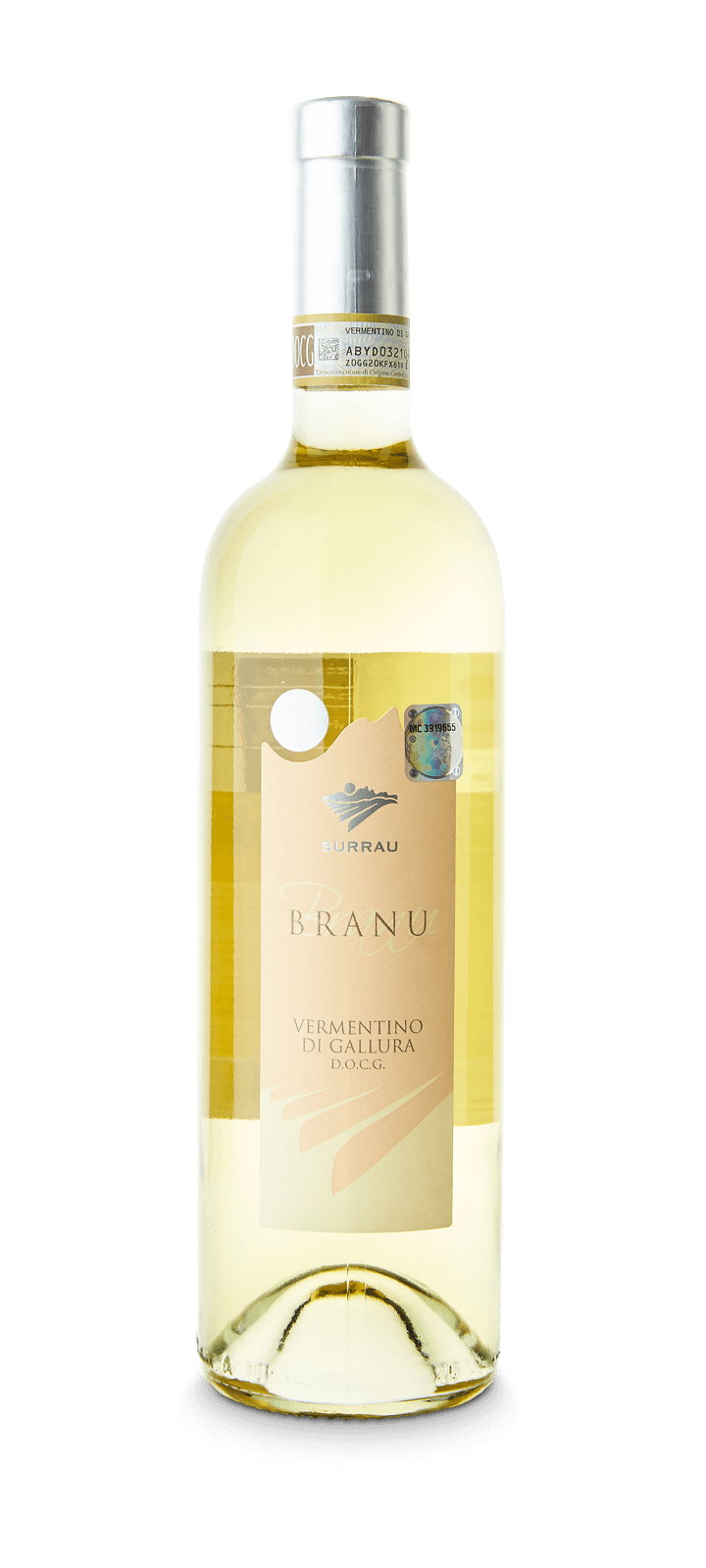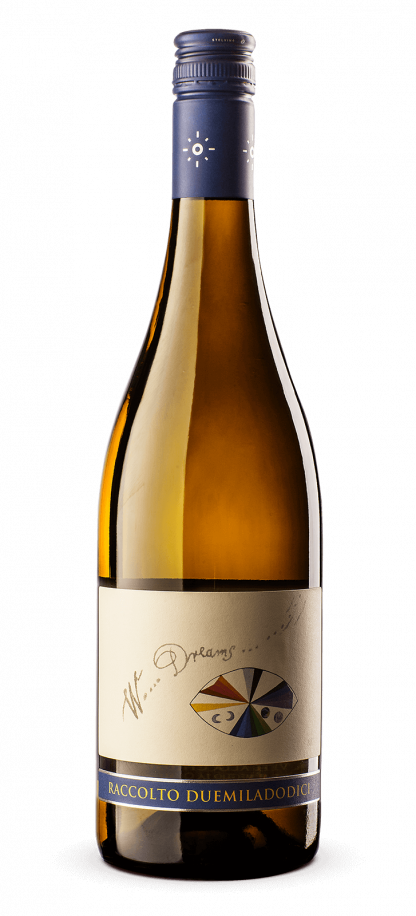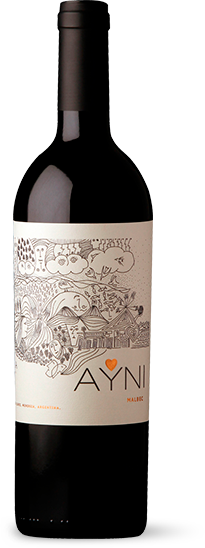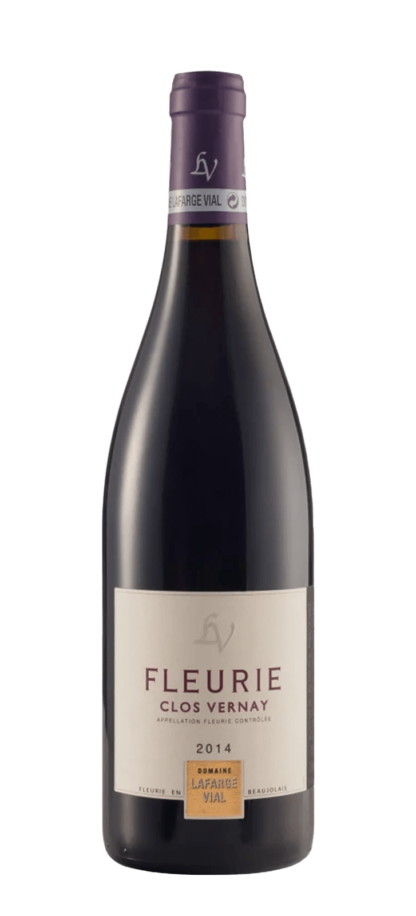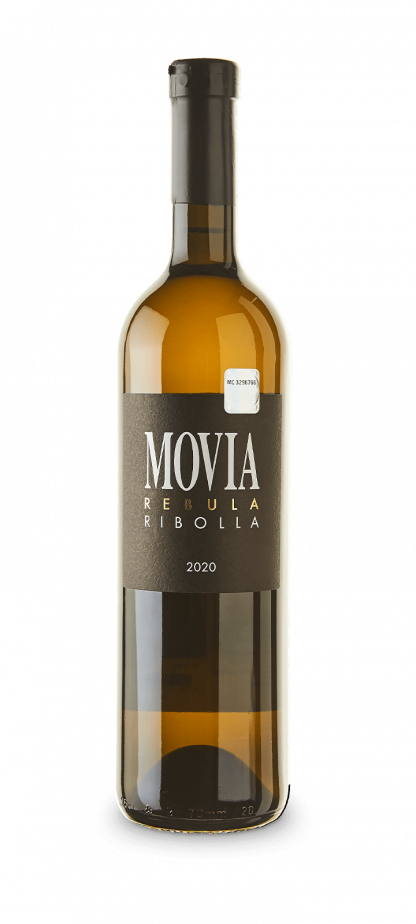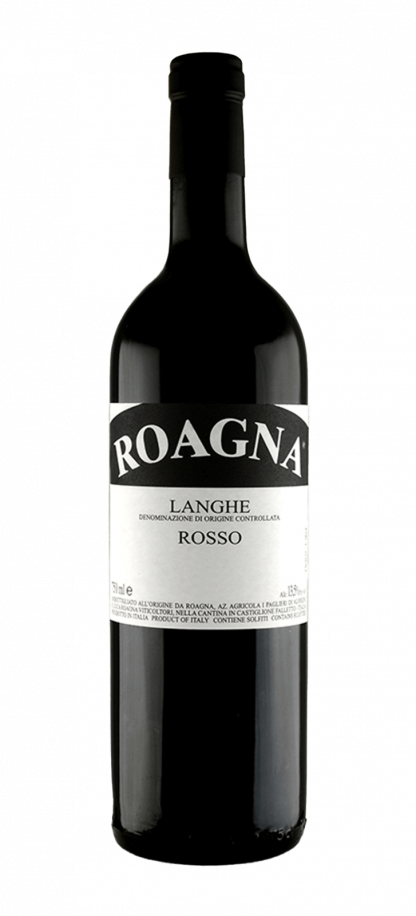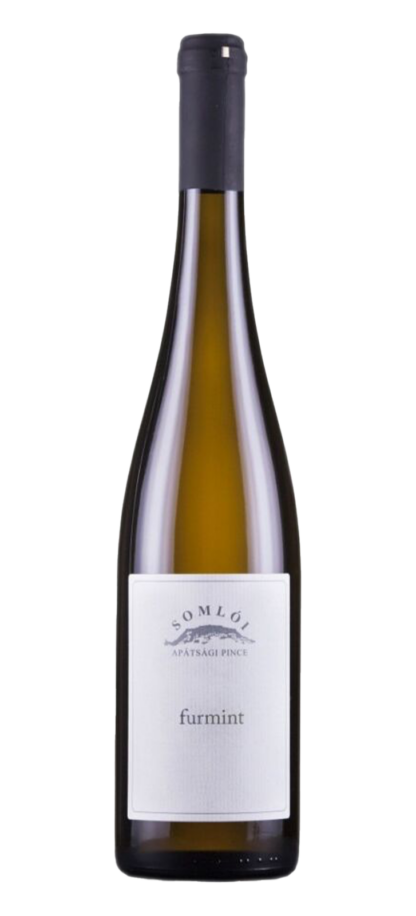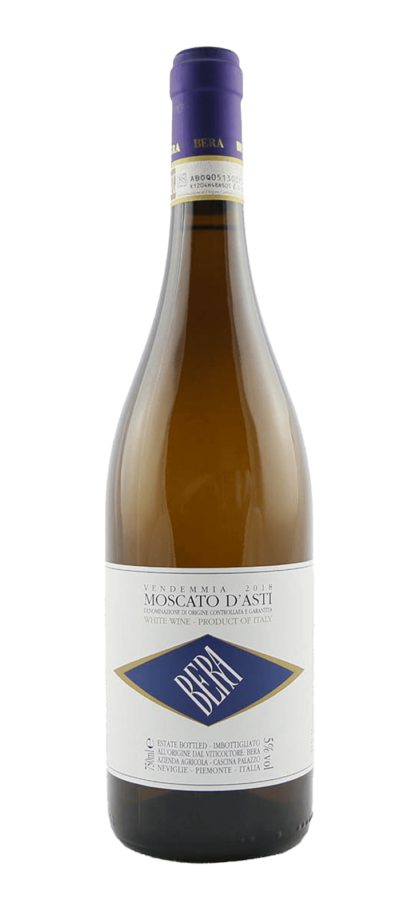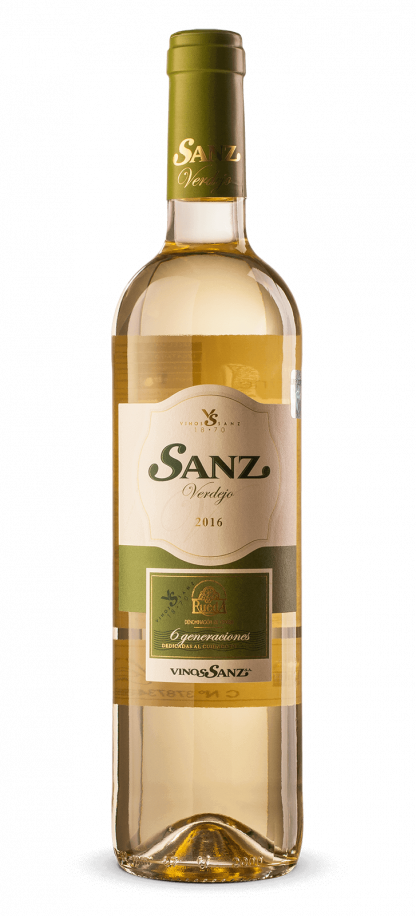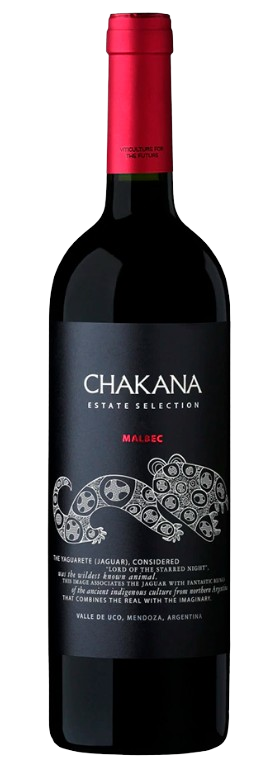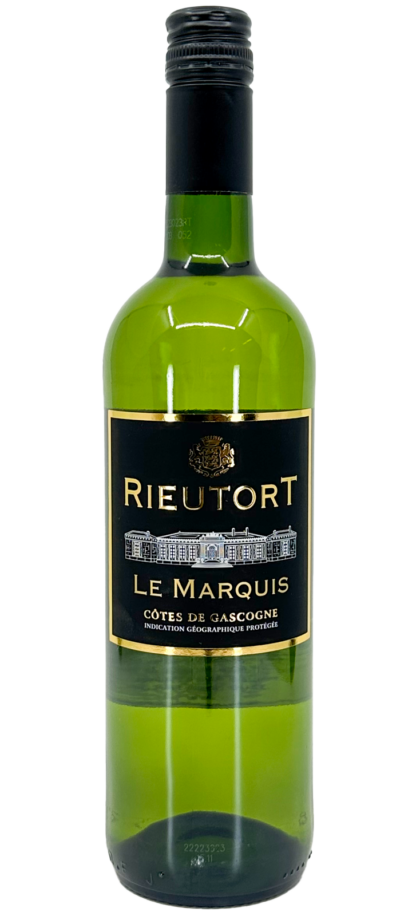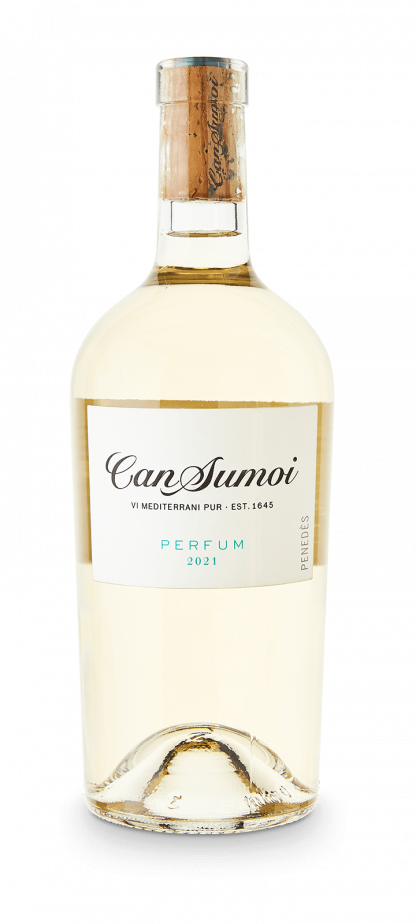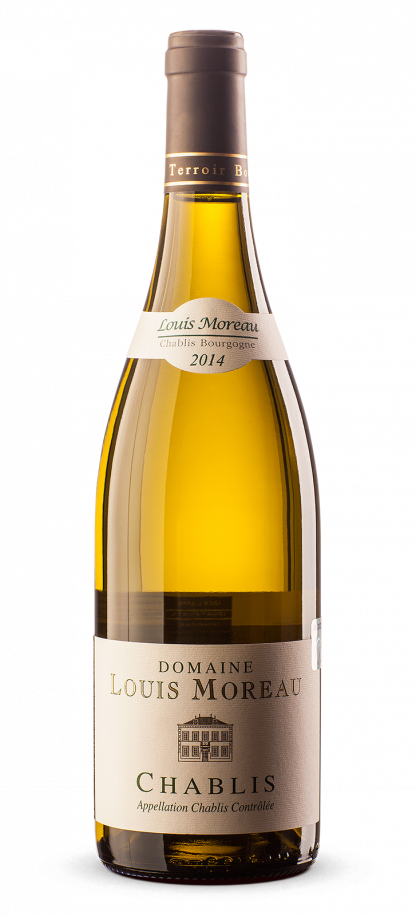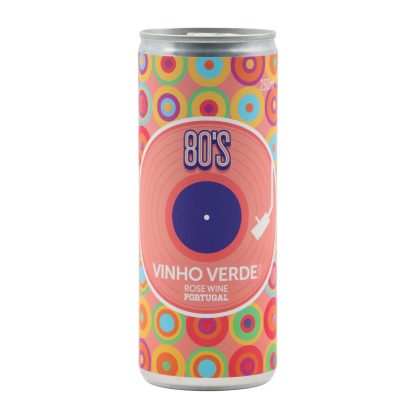Vigne Surrau “Branu” Vermentino 2022
Tasting notes for Vigne Surrau “Branu” Vermentino 2022 reveal a bright bouquet of citrus fruits, such as lemon and grapefruit, intertwined with floral hints of white blossoms and a subtle note of Mediterranean herbs. On the palate, it offers a crisp acidity and a medium-bodied texture, with flavors of green apple, pear, and a touch of salinity, leading to a refreshing and lingering finish. This Vermentino is noted for its balance, lively character, and the clean, mineral-driven profile typical of Sardinian wines.
Vigne Surrau “Branu” Vermentino 2022 pairs beautifully with seafood dishes like grilled octopus, shrimp scampi, or ceviche, where its acidity and freshness enhance the delicate flavors of the seafood. It also complements light salads, goat cheese, and Mediterranean cuisine, providing a refreshing contrast and elevating the overall dining experience with its vibrant and crisp character.
127 in stock






